Video by Ron Bend
A team from Colorado State University that includes occupational therapy and mechanical engineering students is transforming the backyard of a 5-year-old Fort Collins girl who has a rare genetic disorder.
Hanora Cronin was born with a condition that causes various developmental complications, such as poor muscle coordination, difficulties speaking and understanding others and cognitive challenges. The Cronin family is in need of a backyard where Hanora and her 3-year-old sister, Sophie, and their friends can play safely and have fun. Currently their backyard is overgrown, with no play structures, a hill that Hanora can’t access in her wheelchair or walker, and a deteriorated tool shed.
Foothills Gateway, an organization that provides special-needs services for local families, connected the Cronins to CSU’s Department of Mechanical Engineering, which has completed other community service design projects, including a backyard swing for Dylan Bush, who has autism, and Wanda Roche, who needed modifications to her wheelchair.

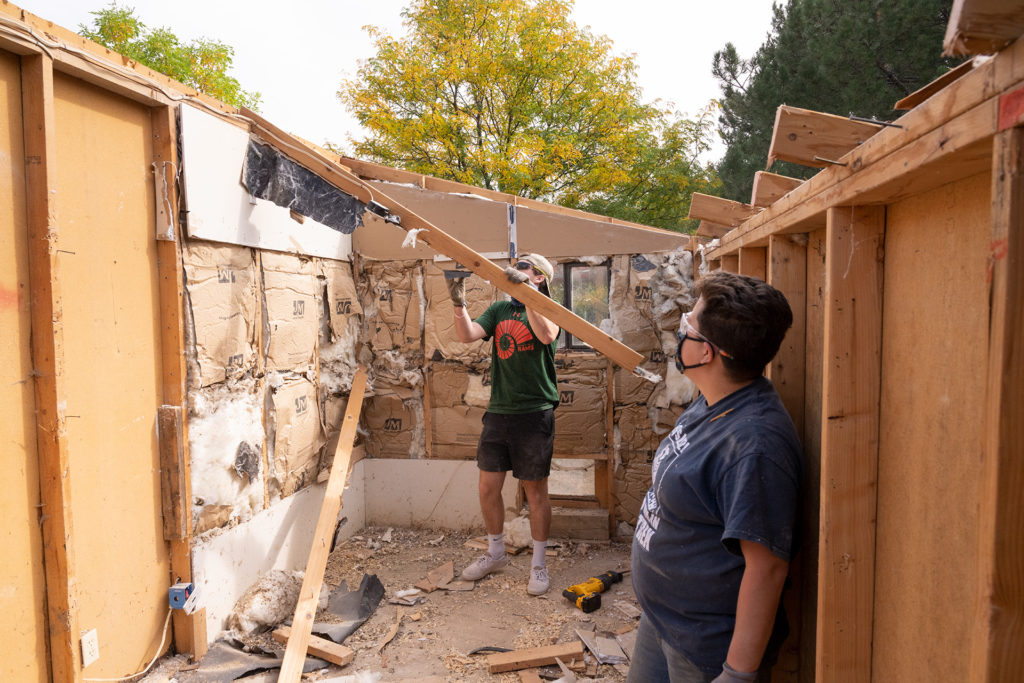
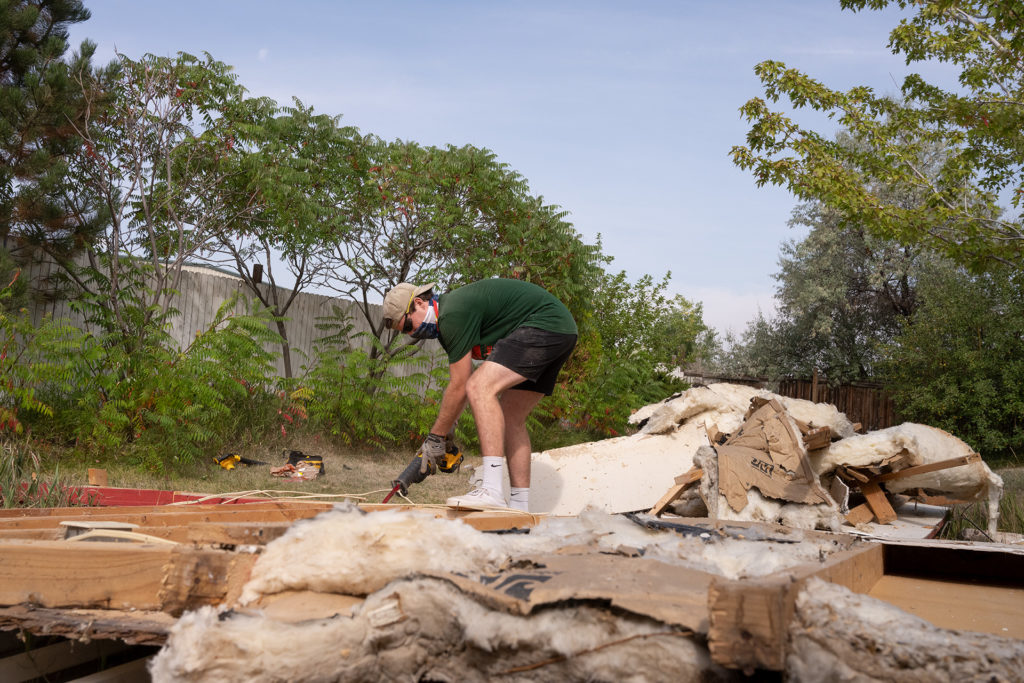

Photos by John Eisele
Senior project
The projects have been completed over the last few years as part of the senior design capstone in mechanical engineering, a 400-level course in which students apply what they’ve learned during their final year at CSU. For this project, lab support engineer Steve Johnson turned to the Department of Occupational Therapy for advice on how to make Hanora’s new backyard accessible and engaging for all ages and abilities.
“As engineers, we bring a lot of technical skills to the table, but when we try to solve human problems, we need the expertise of occupational therapy,” Johnson said. “They can help guide us on what to build so that it meets the client’s needs.”
Lisa Fyffe, an assistant professor of occupational therapy, was approached by Johnson about the project in fall 2019. She said children who have disabilities often have trouble making friends and playing with them simply because traditional playgrounds and backyard equipment are not accessible, causing the kids with disabilities to be excluded from playing with others.
“Their daughter deserves a place where she can play and enjoy time with friends and family,” Fyffe said. “Children of all abilities need to play and foster relationships with others. We wanted to create a space that would give access to play for both girls and their friends. It will accommodate Hanora’s abilities, but also be fun and engaging for friends and family.”
“We want it to be a place where any kid can have a blast,” Johnson added.

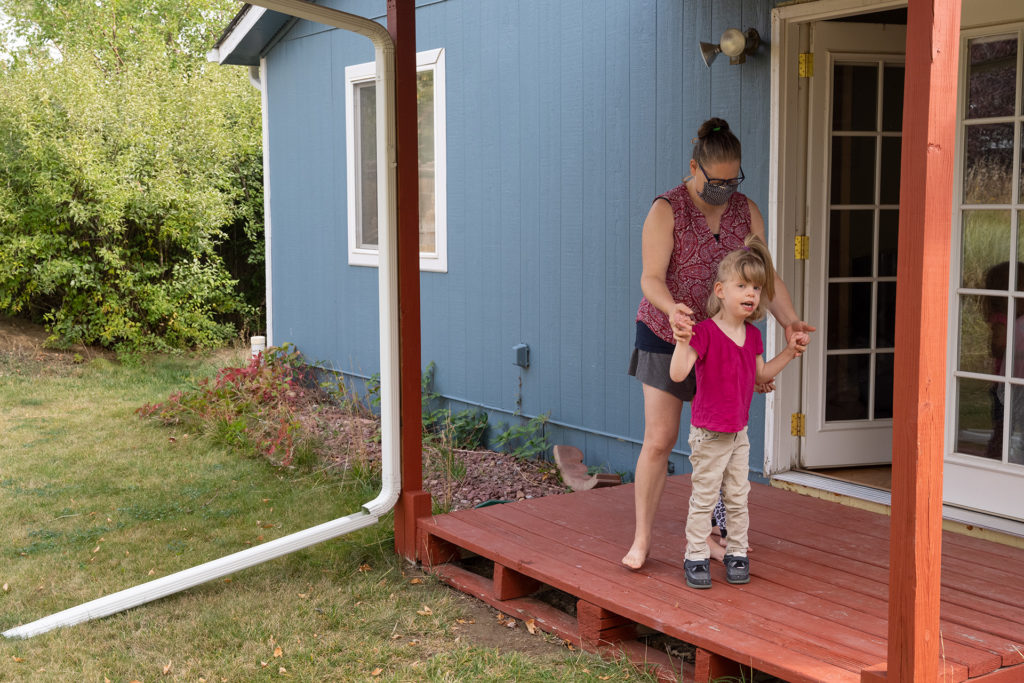
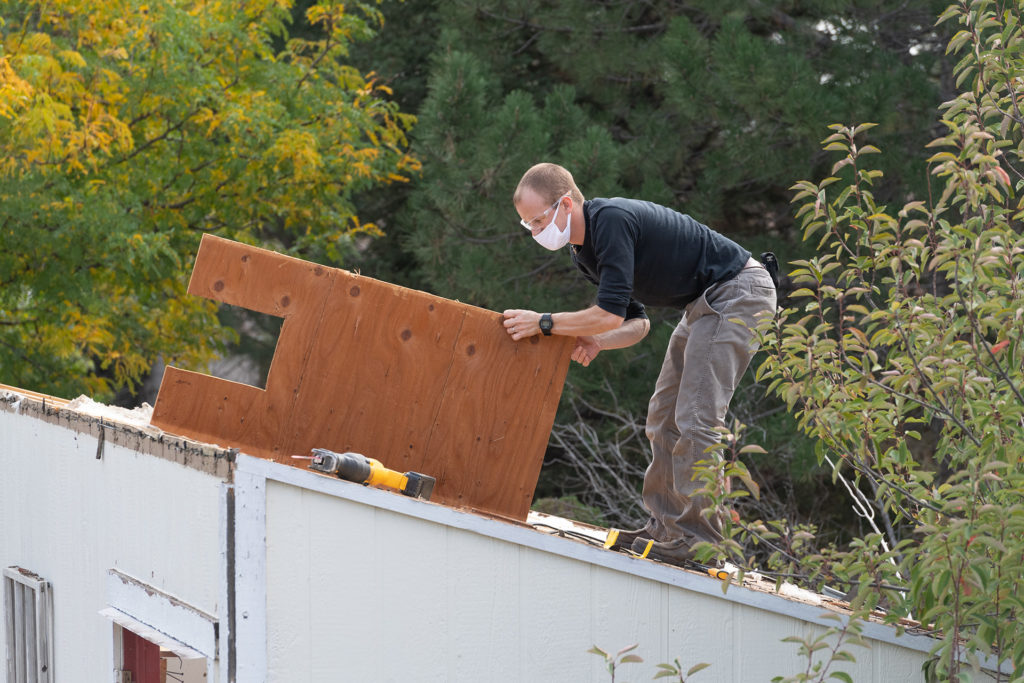
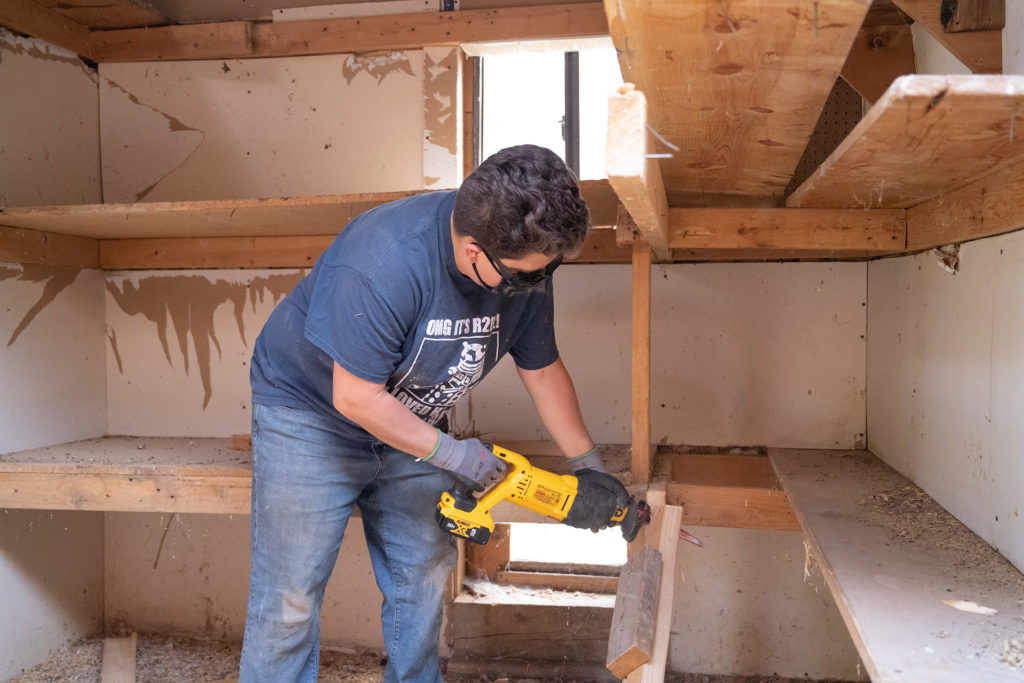
Initial ideas
Fyffe and two of her master’s students, Taylor Babcock and recent graduate Alexa Fryer, studied the property and sketched out some ideas. They created a storyboard for backyard elements that would incorporate universal design to meet Hanora’s needs and still be fun for the whole family. Some of the initial concepts include shaded areas to protect heat-sensitive Hanora, an in-ground trampoline that can accommodate wheelchairs, a gently sloped path that’s heated for year-round access, a fence with panels for painting or chalk art, a saddle swing (Hanora loves horses) and a picnic table.
“Play is one of the most important things in our lifespan,” Babcock said. “As students, any opportunity to work directly with the community is exciting, but this experience has been so fulfilling. It’s about dreaming up ways for a little girl to have access to play, have fun with family and friends, and gain resilience.”
Fyffe said the collaboration with mechanical engineering has been a great partnership. “It’s been fun to work with the engineers, because we have different ways of looking at things, and we need one another’s expertise to make this project happen.”
Johnson agreed. “Everyone’s got a great attitude, which makes these kinds of projects rewarding. I think it’s going to be a really good relationship for everybody.”

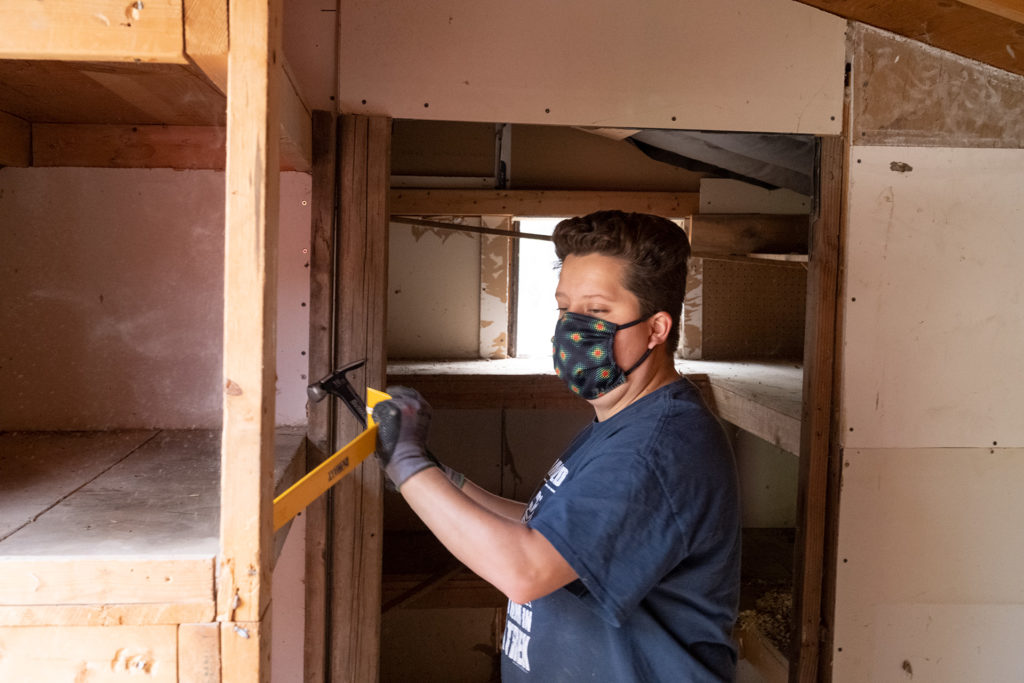
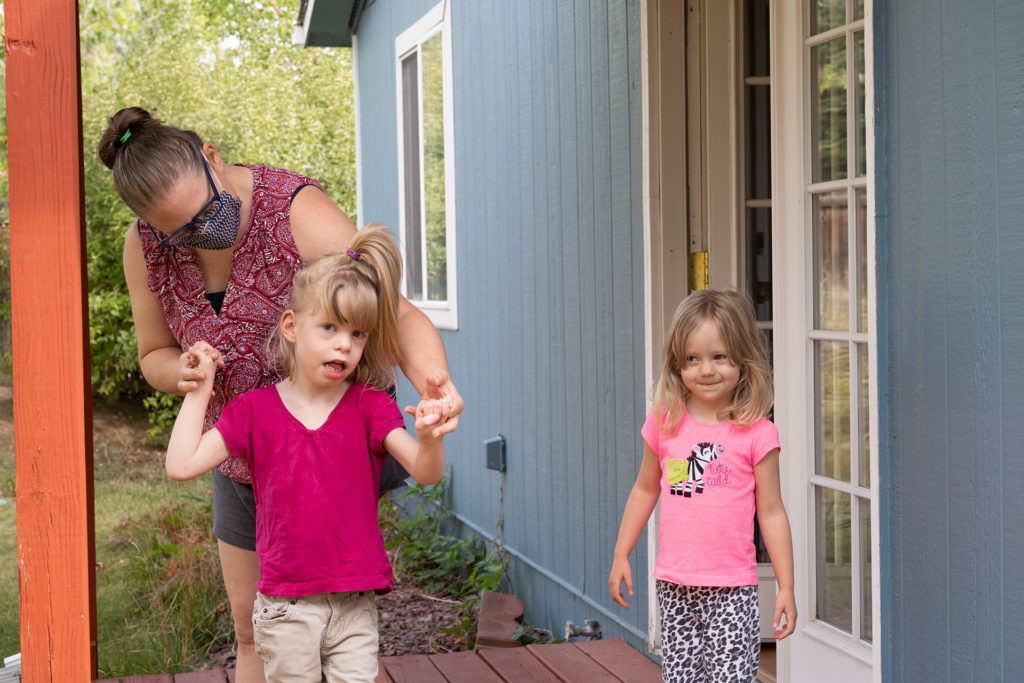

Work has begun
The mechanical engineering team has started working on the backyard, clearing brush and dismantling the old tool shed. Although this is a student project, additional funding is needed to complete it; donations can be made on Ramfunder. Contributions toward research on Hanora’s condition, Inverted Duplication and Deletion of 8p, can be made at project8p.org.
Johnson said the community service design projects have become an established part of the mechanical engineering program.
“It’s pretty solidly in the curriculum now, so the plan is to continue doing these indefinitely,” he said. “Engineering isn’t just about sitting in front of a computer; often you’re in the field turning a wrench.”
“We are blown away by the heart of the community and CSU to give to those in need,” said Erica Cronin, Hanora’s mother. “Our daughter is 95% total care, meaning we do everything for her, and she will likely live with us our whole lives. Special-needs parenting is constantly stressful, and requires many resources and adaptations. It is blessing upon blessing to see the hearts of everyone involved to give our daughter — and us — something amazing we can use for years to come. The backyard was intimidating, and now it’s full of possibility.”